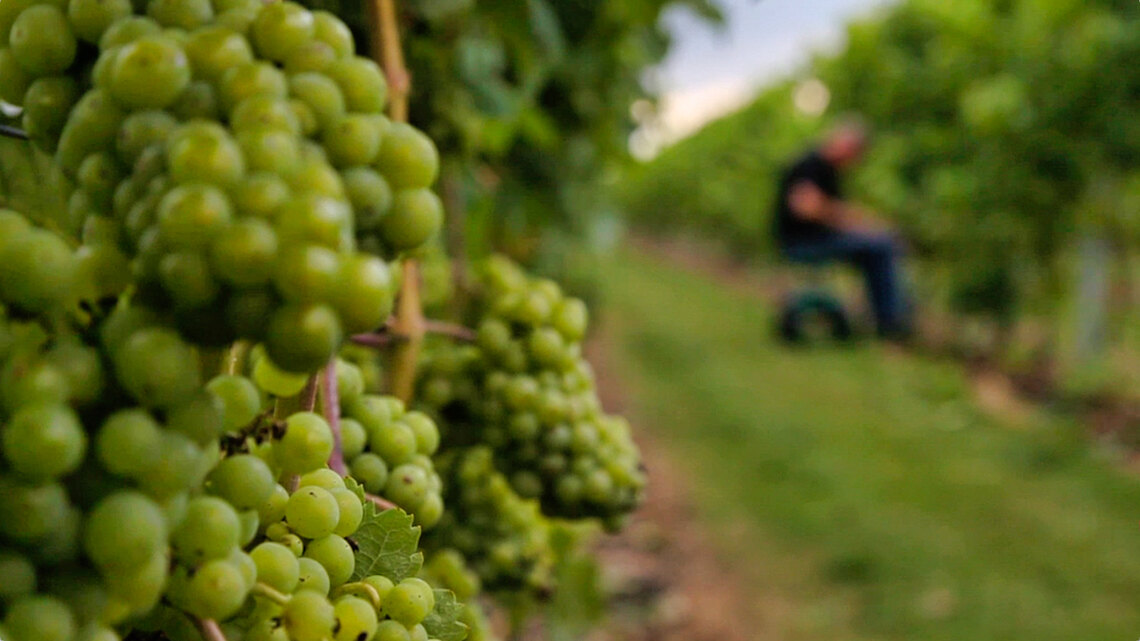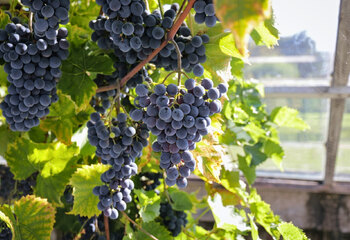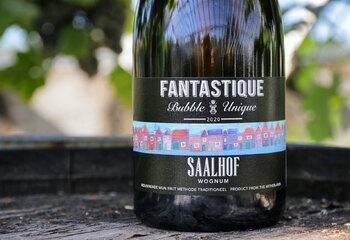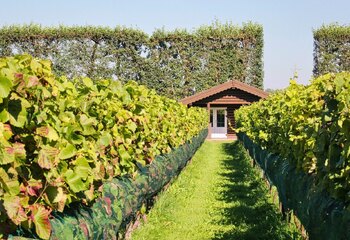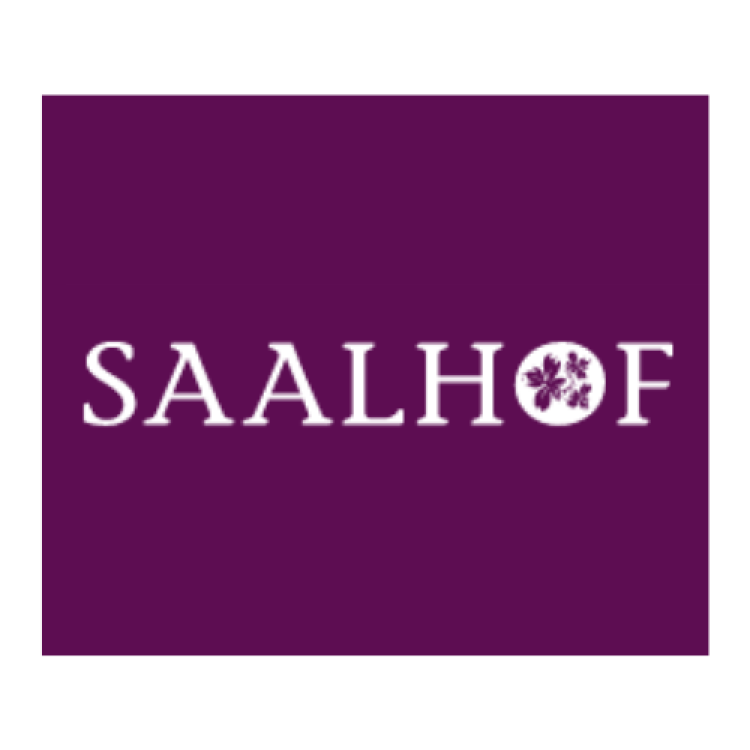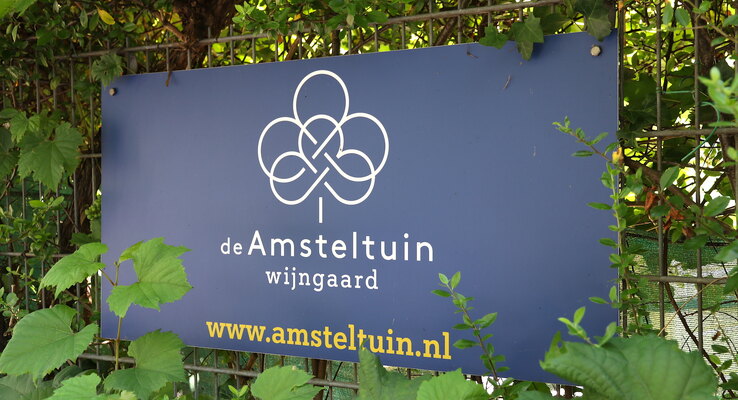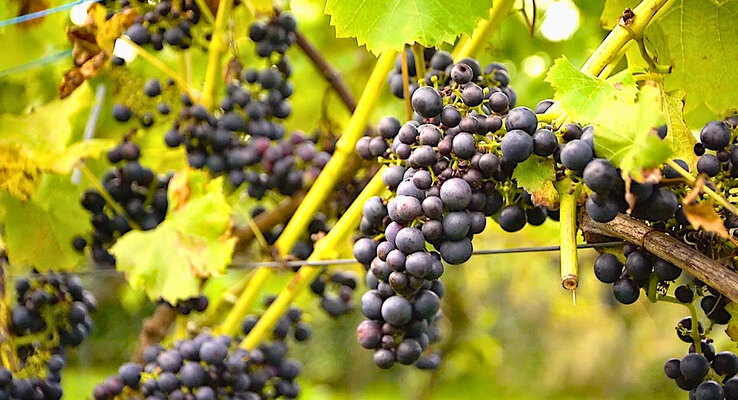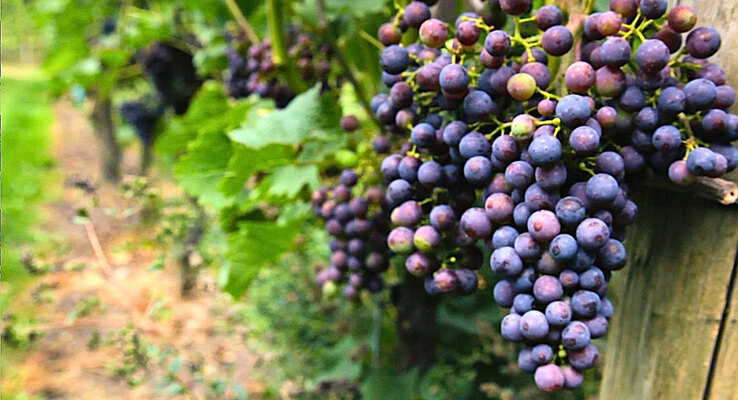"The idea of making wine in the Netherlands arose in the spur of the moment."
Not that strange, a wine estate in Wognum
To be honest, we didn’t expect to find a thriving winery in the northwestern part of the Netherlands, which is as flat as can be. But the region has an agricultural character, with thousands of fruit trees around the villages Nibbixwoud and Wognum, so why not growing grapes?
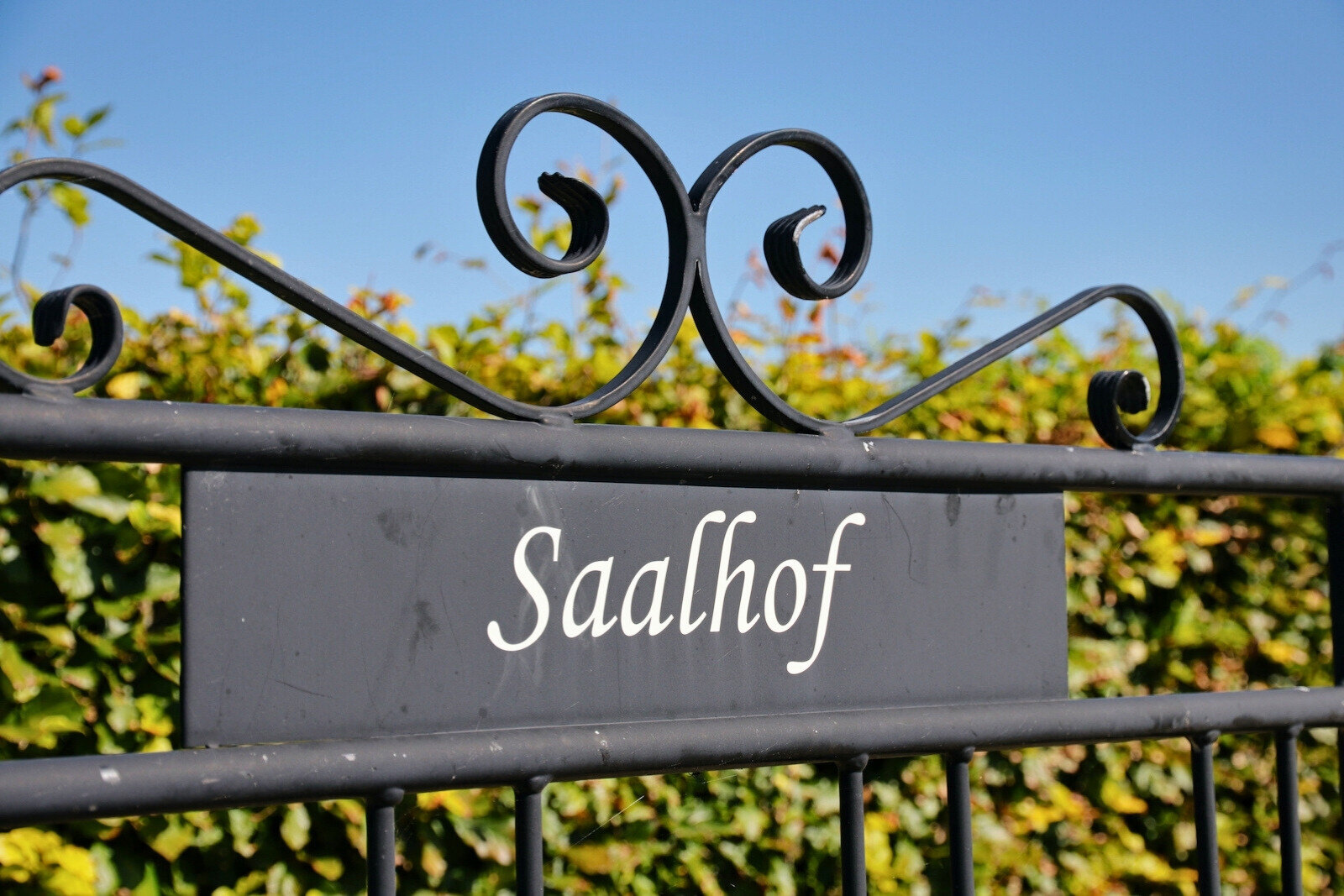
The ancient village of Wognum was formed around 900 and even used to have city rights for a short period of time. The history of the farm that was located where Saalhof Wine Estate now is, also goes back centuries. At the beginning of the 20th century, it was even already a fruit nursery where consumption grapes were grown. So the idea of a vineyard wasn't quite so crazy.
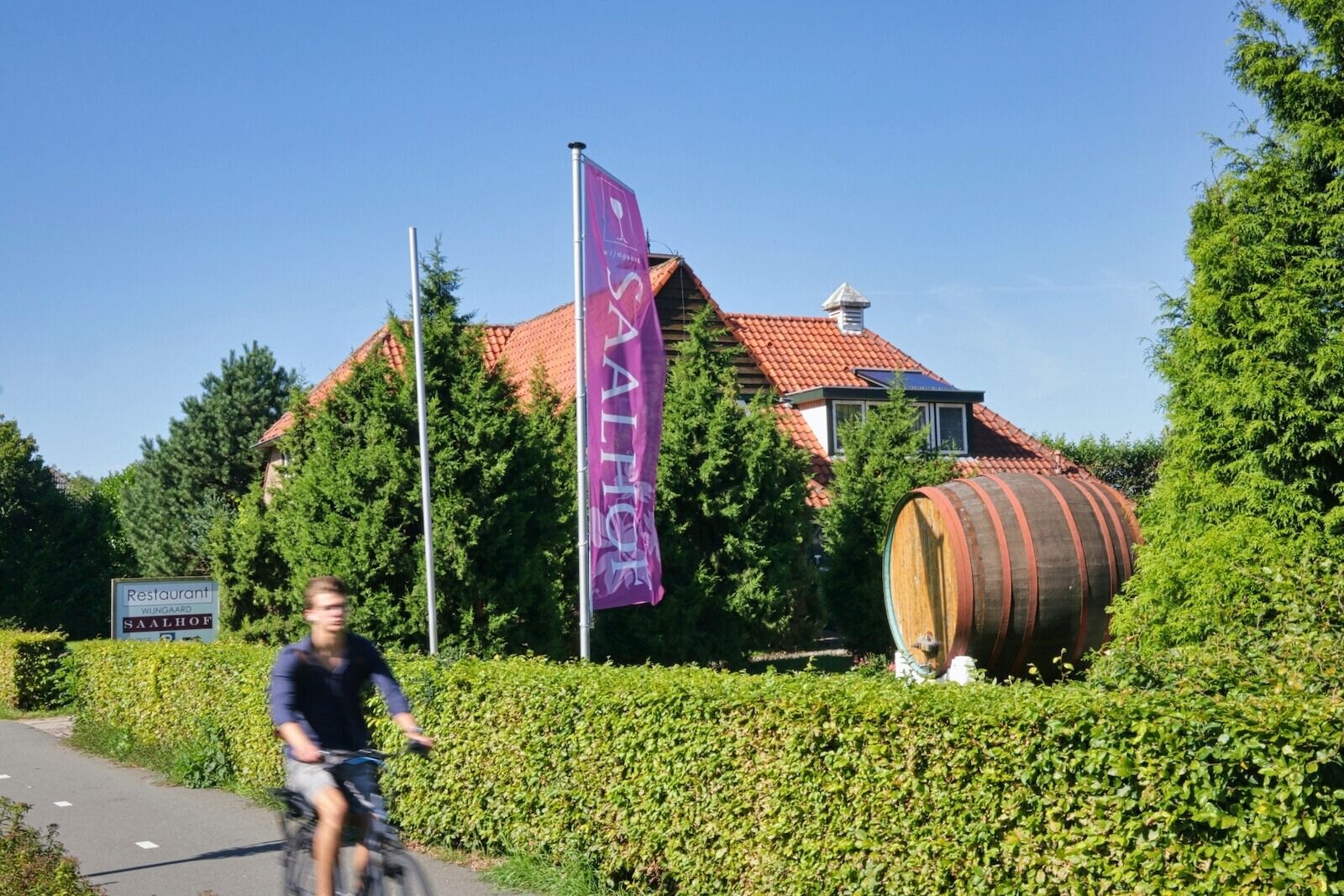
From a painting business to winemaking in the Netherlands
Owner Siem Loos used to have a thriving paint and finishing business with a lot of employees before he decided to make the switch to become a winemaker. A far cry from what he used to do!
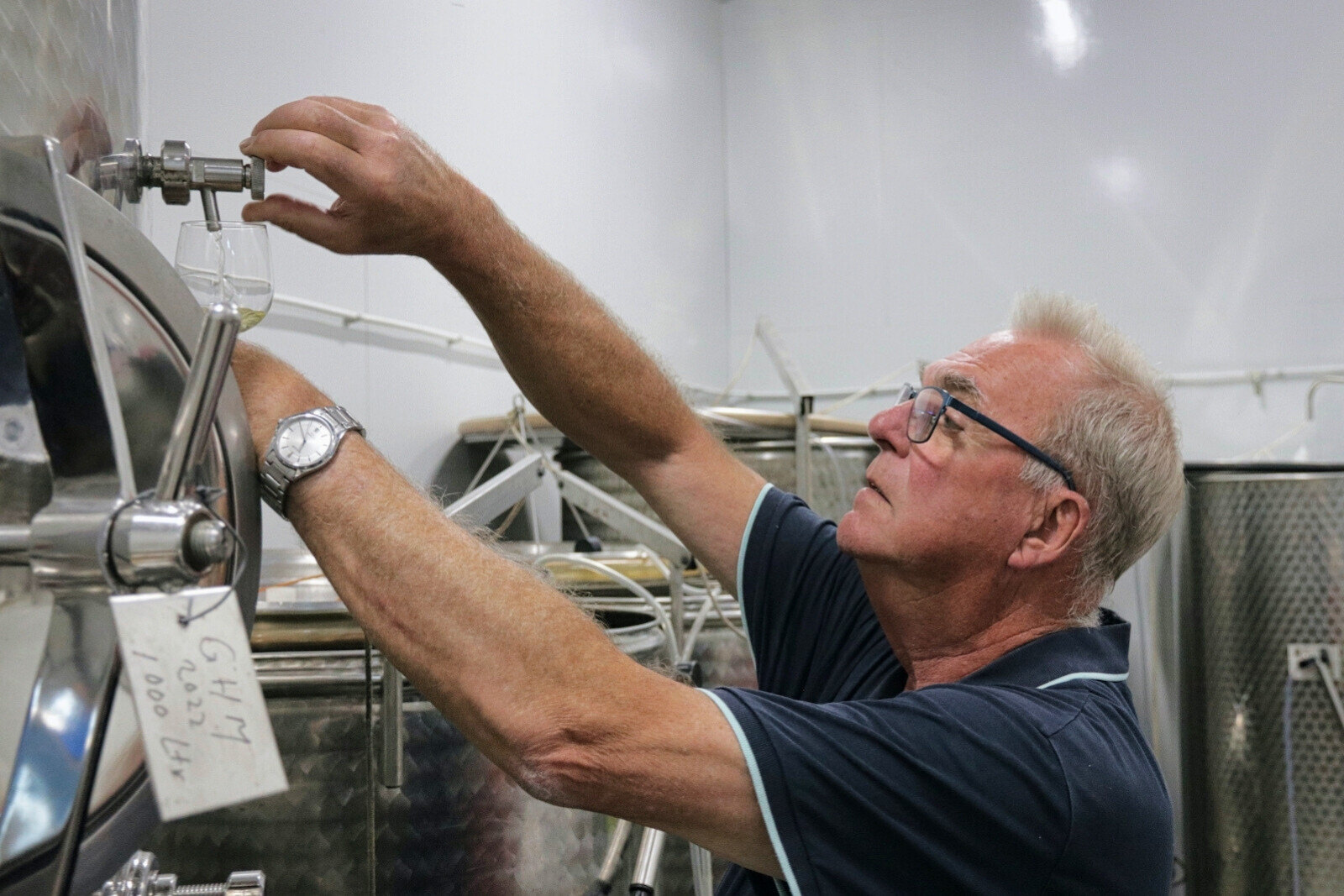
At first it wasn’t even about the wine for him, but about the feeling and the atmosphere you sense when you are walking through a vineyard. This feeling was his drive to plant the first vines in 2006 and it resulted in a true agritourism business.
Saalhof wines from modern and classic grape varieties
Like so many other vineyards in the Netherlands, Siem chose modern, hybrid grape varieties like Johanniter, Solaris and Souvignier Gris to make white wines from. A new variety, Felicia, was also planted in 2021.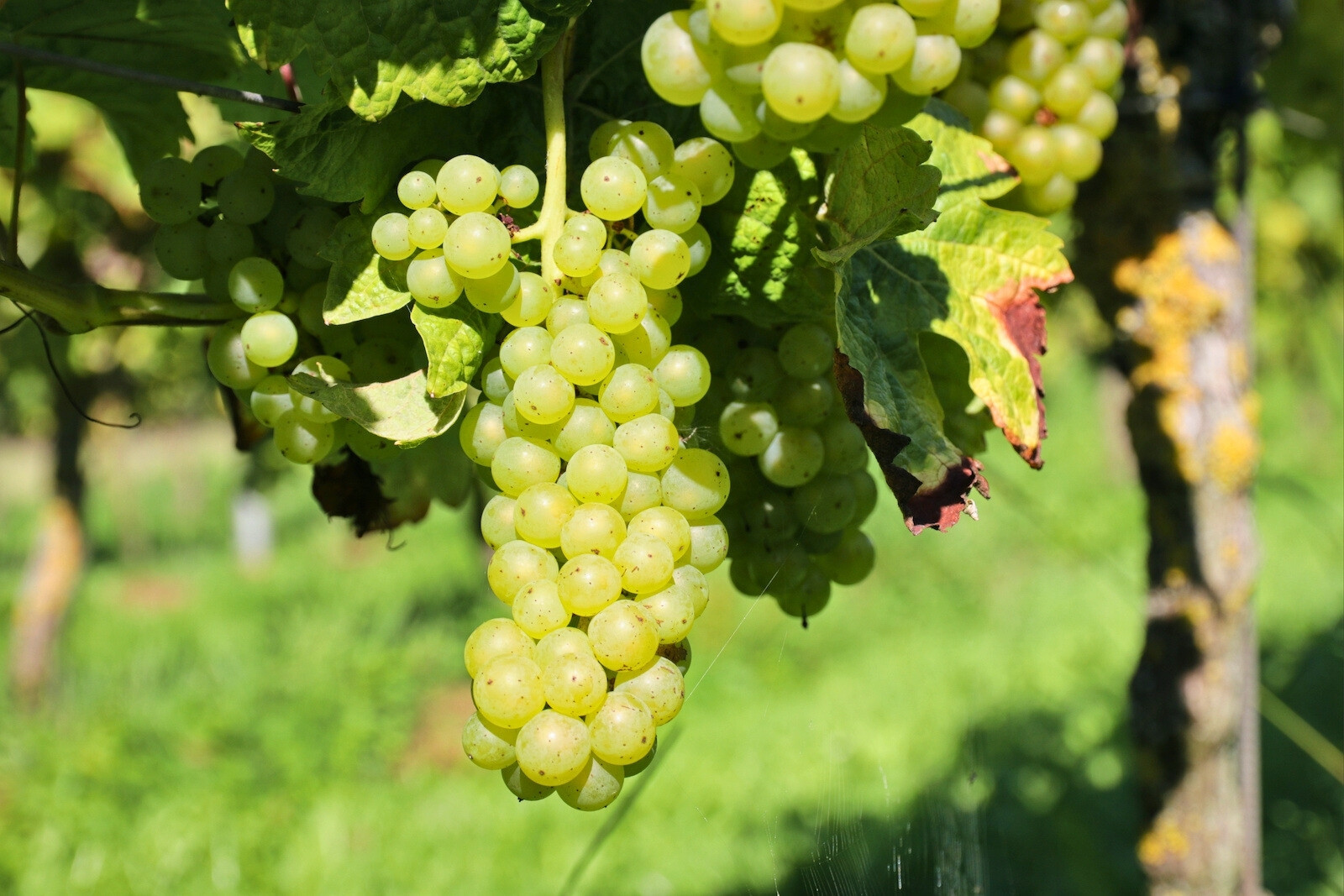
In addition to Rondo, a modern grape variety to make red wines from and also suitable for the Dutch climate, he surprised us with a blend of Rondo and Pinot Noir. So a combination of a modern and classic grape variety. A traditional method made sparkling wine (fermentation in the bottle) completes this tasty selection.

Agritourism north of Amsterdam
The dream of an agritourism business has become quite real as Saalhof Wine Estate now also offers Bed & Breakfast, five log cabin holiday apartments and even a gourmet restaurant with also outside seating named 'Saalig'. Tours, tastings, business meetings and getting married, it’s all possible.
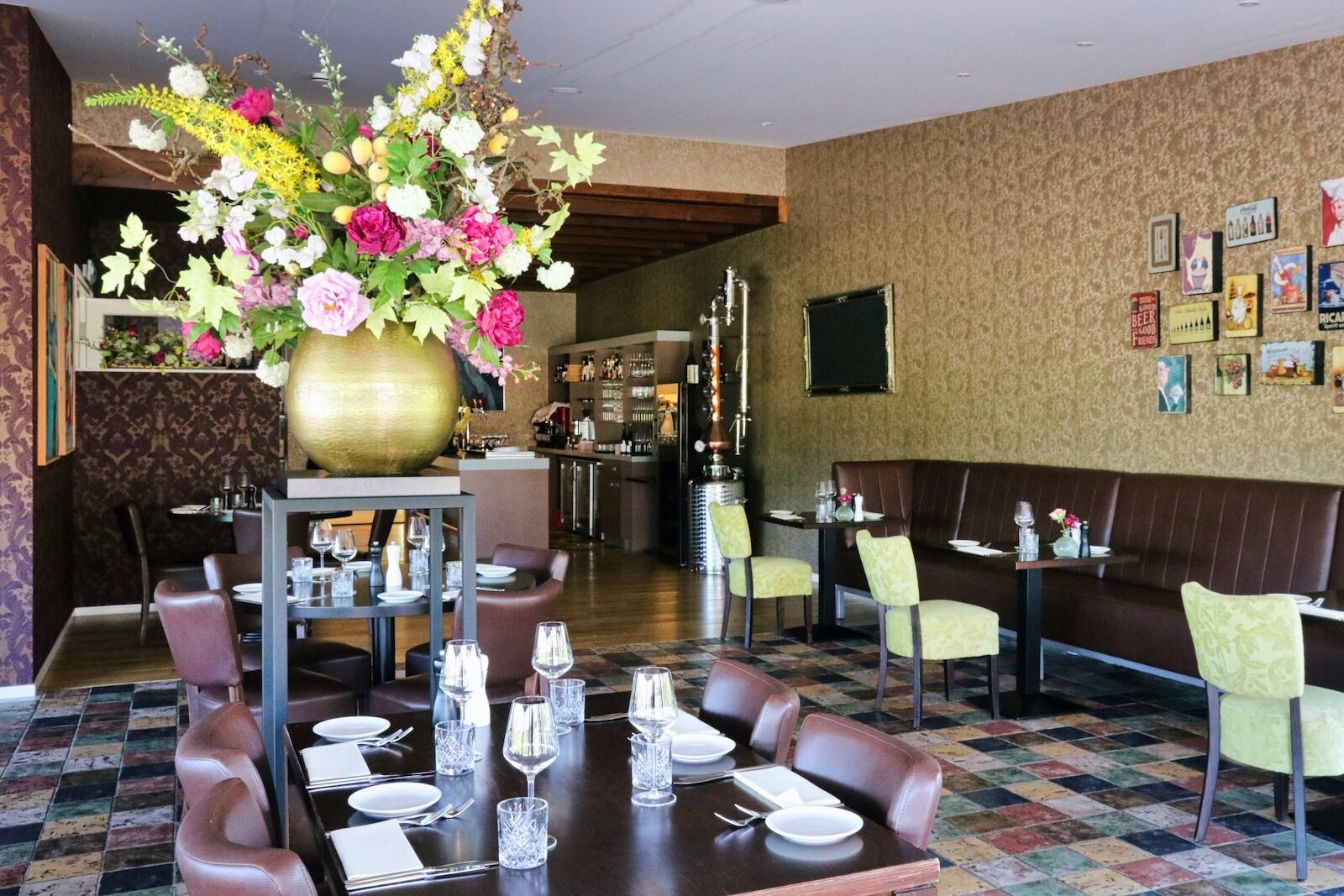
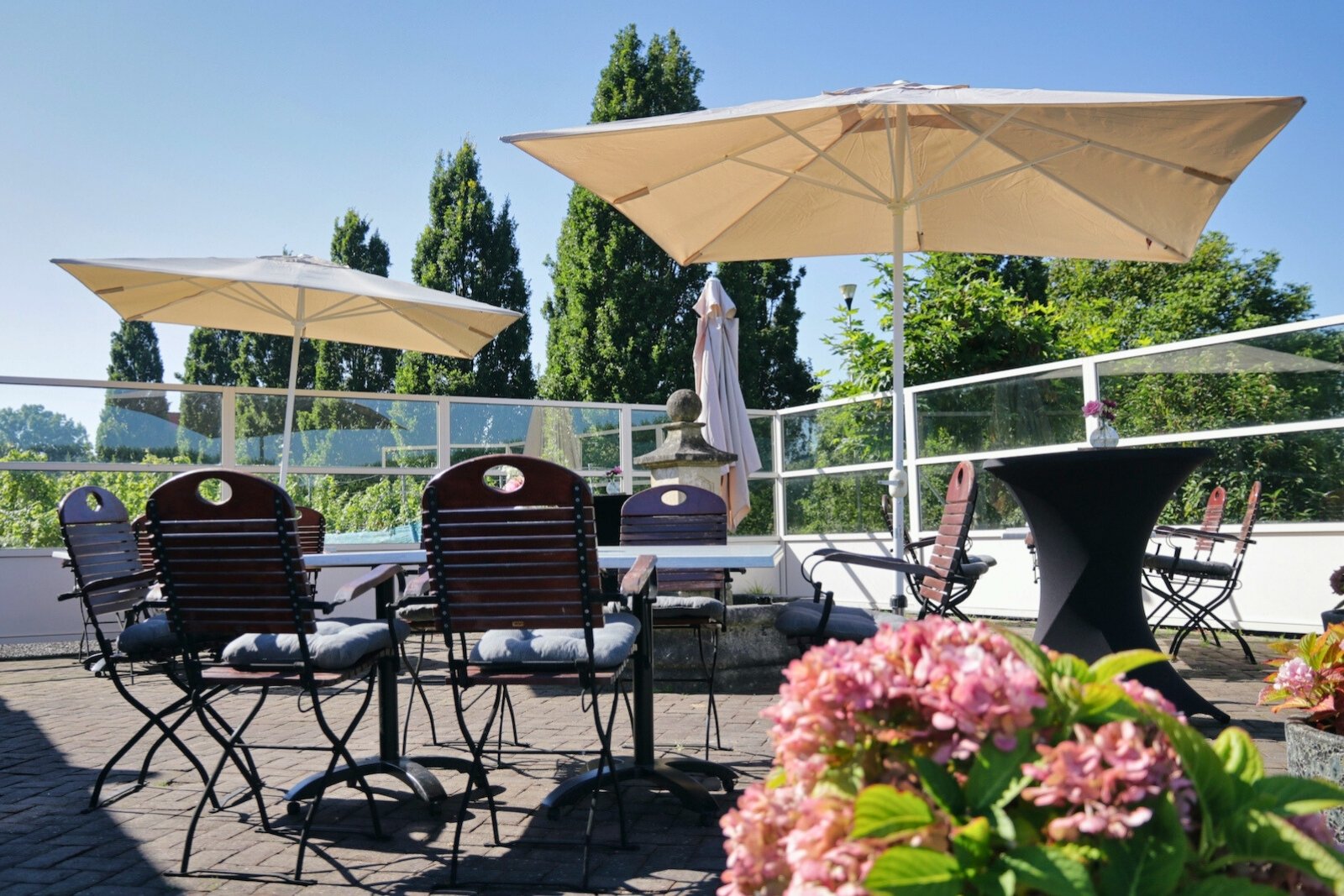
Wognum is also one of the stops of the historical steam tram railway between Hoorn and Medemblik that opened in 1887. The historic platform still has a small crane that has to be operated manually. Take a day out from staying in Amsterdam and enjoy the ride. In springtime the steam tram will take you through the colourful bulbfields.
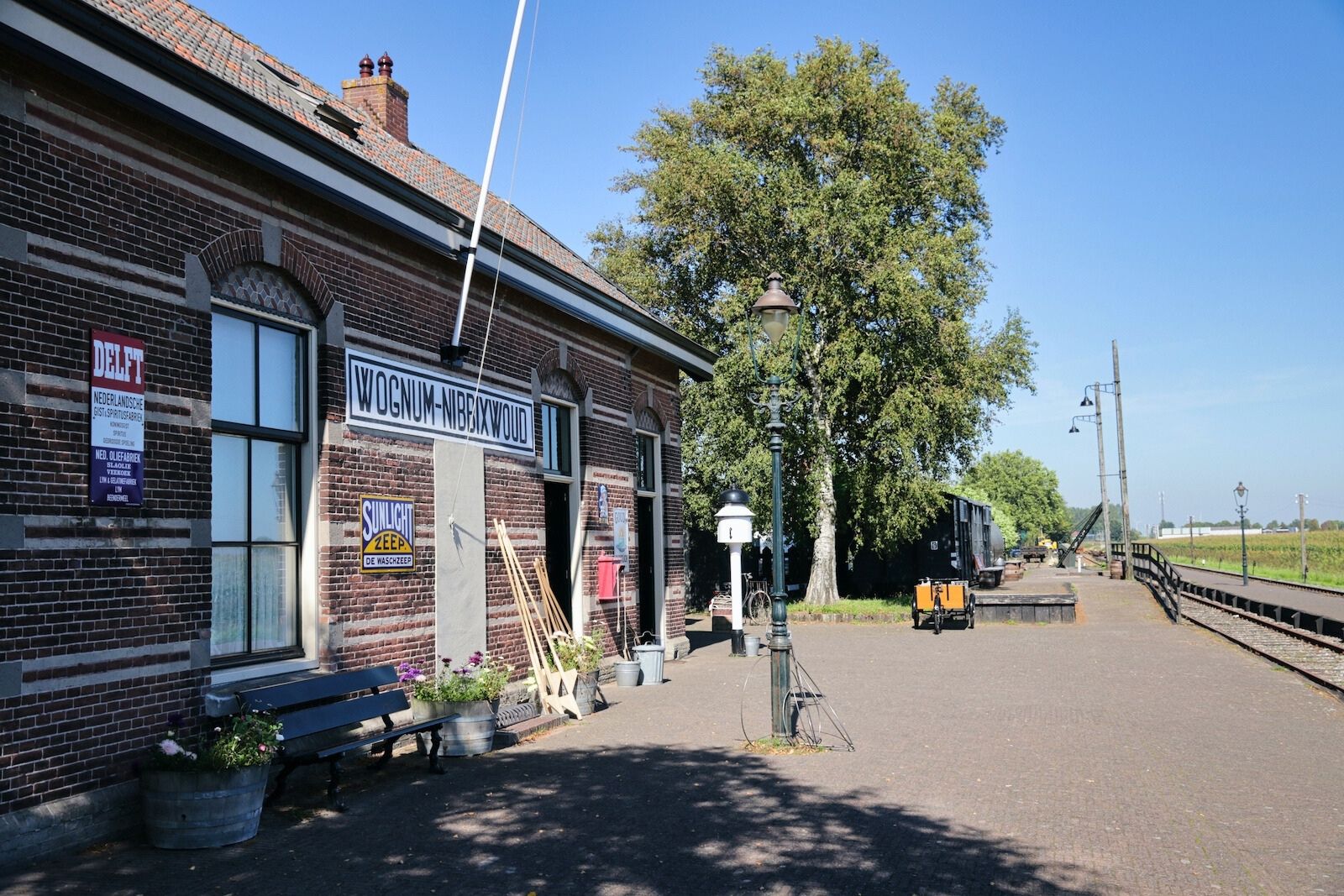
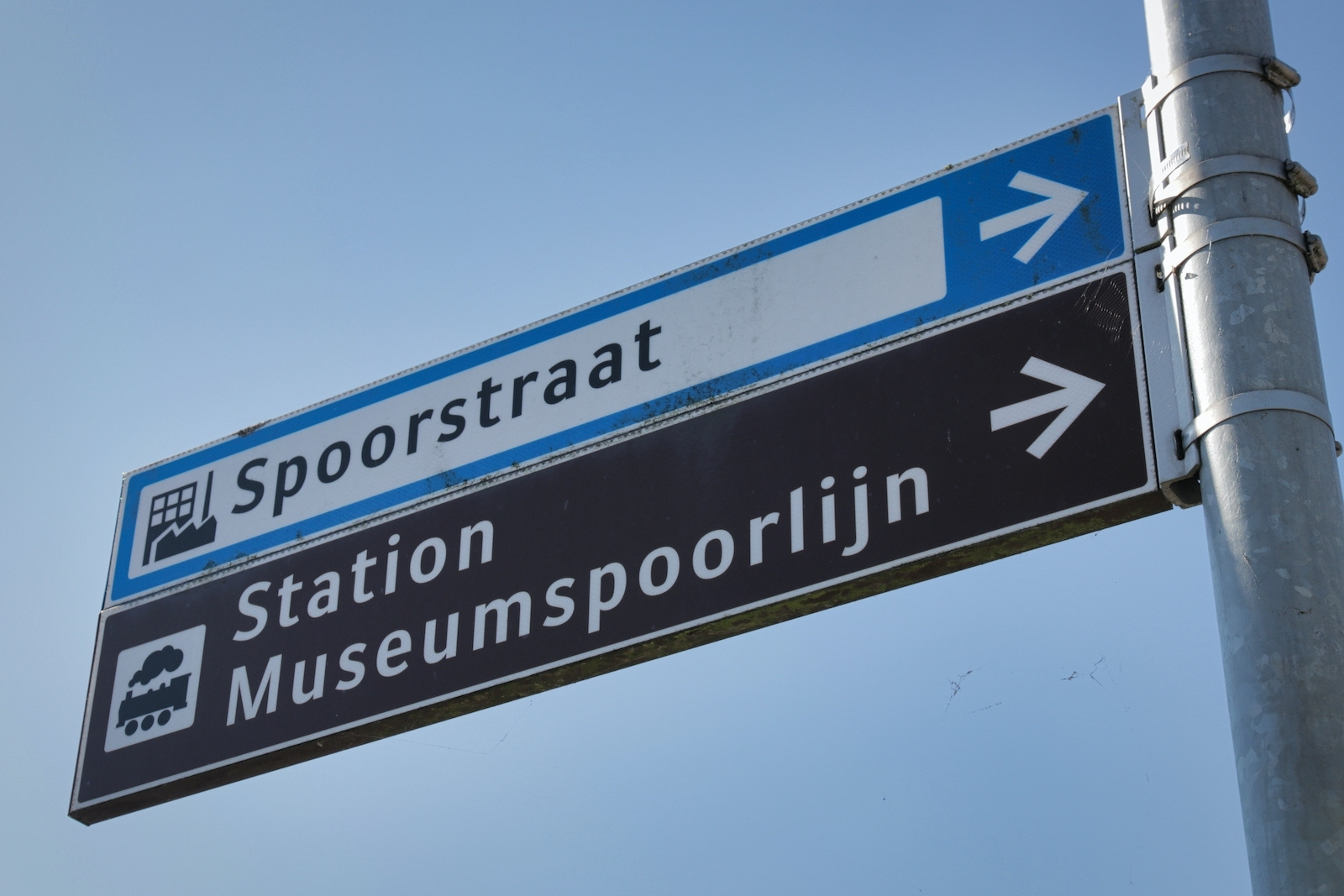
Updated: 02-05-2025
